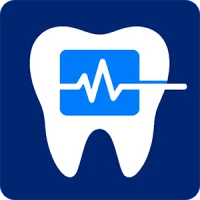
Dental Blog
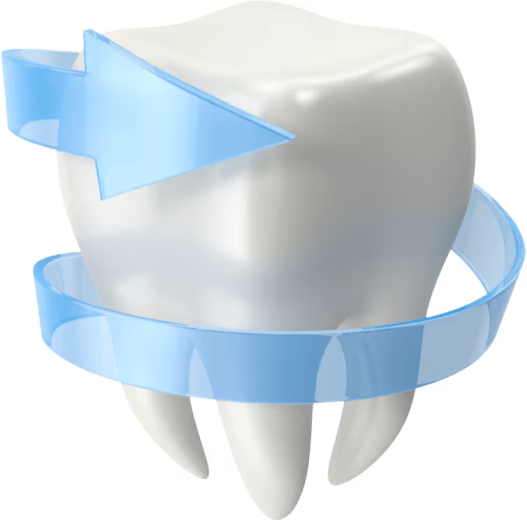

Resources for Dentists
Dive deep into helpful guides and in-depth information about:

Your Resource for Dentistry Insights
Sedation dentistry is evolving. Regulations change, compliance requirements grow, and practices need tools to stay ahead. The Sedate Dentistry Blog is here to help you learn, adapt, and succeed with resources built for dentists, oral surgeons, and office managers.

Explore Topics That Matter
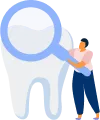
Sedation Dentistry
Learn about sedation dentistry's best practices, compliance tips, and case studies.
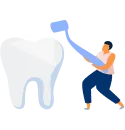
Patient Vitals Monitoring
Device integrations, patient monitoring, and technology insights.

Patient Forms & Experience
Intake forms, digital consent, and patient-focused workflows and user experience.

Dental Practice Growth
Grow your dental practice with in depth guides, tutorials, and software reviews.
Recent Guides for Dentists
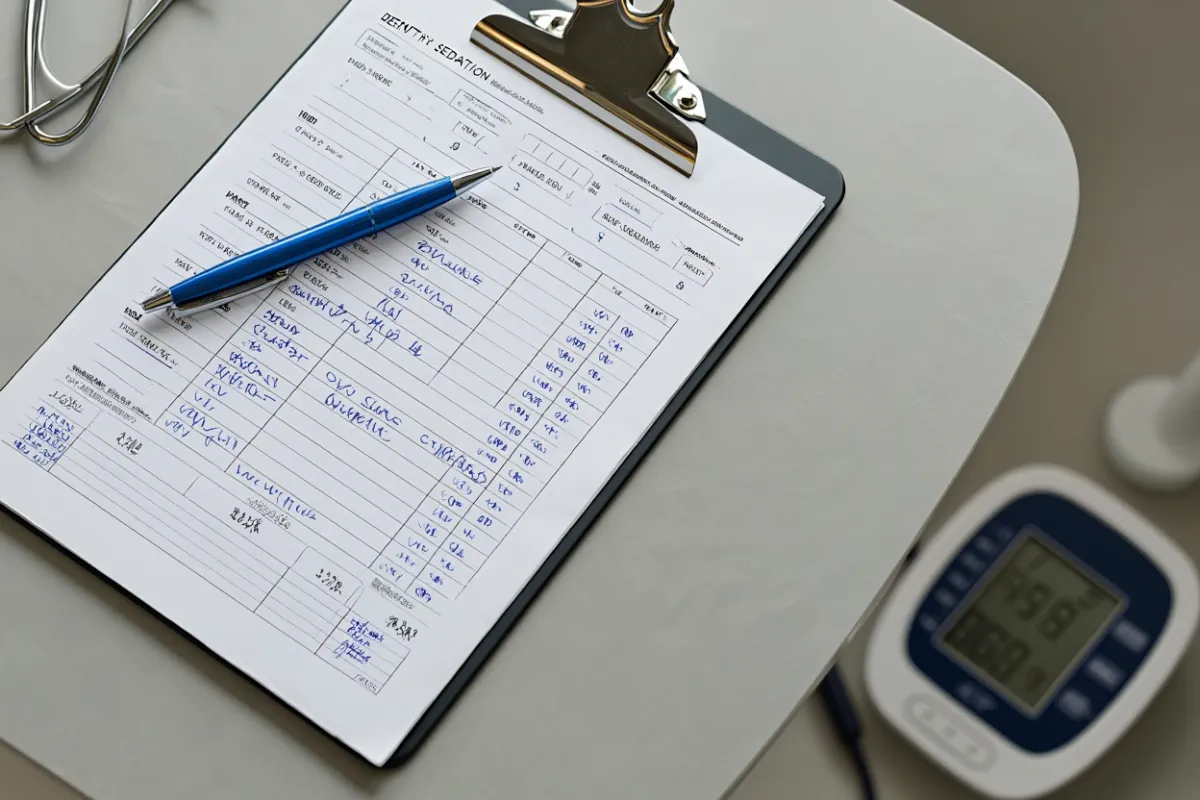
10 Best Practices for Managing Sedation Emergencies
Sedation emergencies are rare when teams screen well, monitor continuously, and document precisely—but readiness determines outcomes. This guide distills ten field-tested practices you can implement today to recognize trouble early, respond decisively, and document care in a way that protects patients and your practice.
Table of Contents
10 Best Practices for Managing Sedation Emergencies
1) Standardize Pre-Op Screening So Problems Are Preventable
2) Assign Clear Roles Before Every Case
3) Treat Monitoring as Actionable, Not Decorative
4) Use a Simple, Rehearsed Escalation Algorithm
5) Build a Crash Cart That Matches Your Scope—and Audit It
6) Use Sedation-Specific Mock Codes Every Quarter
7) Match Reversal Agents to the Problem—And Respect Their Limits
8) Document in Real Time to Create a Legal-Quality Record
9) Define Discharge Criteria and Make Them Objective
10) Learn From Every Near-Miss With a Blameless Review
Common Scenarios and How to Respond Fast
Airway Obstruction With Rapid Desaturation
Paradoxical Agitation to Oral Benzodiazepine
Vasovagal Syncope With Hypotension
Bronchospasm in an Asthmatic Patient
Prevention Tactics That Lower Risk Before It Starts
Communication Habits That Work Under Pressure
How Digital Workflows Strengthen Every Step
Training Your Team So Readiness Sticks
When to Call EMS Without Delay
Prepared teams prevent crises from becoming catastrophes. Readiness starts with clear roles, rehearsed protocols, and tools that surface the right information at the right time. These best practices help you standardize prevention, detection, response, and documentation across nitrous, oral, and IV sedation.
1) Standardize Pre-Op Screening So Problems Are Preventable
Standardized screening reduces surprises on procedure day. Teams collect complete medical histories, medication lists, allergies, prior sedation experiences, and a focused airway assessment. Teams flag conditions that increase risk (e.g., severe OSA, unstable cardiopulmonary status) and obtain clearances when indicated. Teams lock screening into the record with Sedate Dentistry's seamless digital sedation records software so every provider sees the same baseline.
2) Assign Clear Roles Before Every Case
Role clarity eliminates hesitation. One provider leads sedation; one assistant monitors and calls out vitals; one documents; one prepares equipment and meds. Teams rehearse handoffs and “closed-loop” communication so commands are repeated back and confirmed. Teams place the crash cart where everyone can reach it quickly and confirm oxygen supply before seating the patient.
3) Treat Monitoring as Actionable, Not Decorative
Monitoring is only useful when the team responds to trends. Teams track oxygen saturation, heart rate, blood pressure, respiratory rate, and add capnography for deeper cases or higher risk. Teams set alarm thresholds, define what constitutes “action,” and practice the escalation sequence. Teams capture the entire stream in Sedation dentistry software so trends and responses are time-stamped.
4) Use a Simple, Rehearsed Escalation Algorithm
Algorithms shorten time to intervention. Teams adopt an A-B-C-D approach (Airway, Breathing, Circulation, Drugs) and rehearse it until automatic.
5) Build a Crash Cart That Matches Your Scope—and Audit It
Crash carts save seconds. Teams stock airway adjuncts (OPAs/NPAs in sizes), suction, oxygen delivery systems, reversal agents (flumazenil, naloxone), bronchodilator, epinephrine auto-injector (per local protocols), antihistamine, antiemetic, blood pressure cuffs, pulse oximeter, capnograph (when indicated), and AED. Teams seal drawers, date medications, and perform a documented monthly audit. Teams keep their audit checklist and follow their dental sedation compliance regulations, all of which automatically are included as a core feature of Sedate Dentistry's digital visit records and patient intake applications.
6) Use Sedation-Specific Mock Codes Every Quarter
Repetition turns chaos into choreography. Teams schedule quarterly drills that simulate the most likely scenarios: airway obstruction with desaturation, vasovagal hypotension, paradoxical reaction to benzodiazepine, and aspiration risk. Teams time each step, debrief respectfully, and update protocols. Teams store video/notes, changes, and sign-offs inside the charting ecosystem so improvements stick across staff changes.
7) Match Reversal Agents to the Problem—And Respect Their Limits
Reversal agents work best with clear indications. Teams understand flumazenil’s short half-life relative to many benzodiazepines and plan for re-sedation; teams titrate naloxone carefully to restore ventilation without precipitating severe withdrawal in opioid-tolerant patients. Teams document pre-reversal vitals, doses, times, and responses in IV sedation charting software to create a defensible timeline.
8) Document in Real Time to Create a Legal-Quality Record
Real-time documentation protects patients and practices. Teams record vitals at defined intervals, interventions with times, drugs with dose/route, and recovery criteria. Teams avoid retrospective “catch-up” notes that blur sequences. Teams use structured fields and time-stamps in Sedation visit record software so nothing relies on memory after the event.
9) Define Discharge Criteria and Make Them Objective
Objective criteria speed safe decisions. Teams include stable vitals within acceptable ranges, full orientation, ability to ambulate with minimal assistance, and controlled nausea/pain. Teams provide written instructions specific to the event (e.g., no driving, hydration plan, when to call). Teams record final vitals and who assumed responsibility at discharge, keeping the record in one place with sedation visit record software.
10) Learn From Every Near-Miss With a Blameless Review
Near-miss analysis prevents repeat errors. Teams de-identify the case, reconstruct the timeline, and ask: What did we notice? When did we act? What would we change? Teams update checklists, reorder cart items for faster access, and adjust thresholds that proved too conservative or too lax. Teams close the loop by updating training modules and confirming staff have reviewed changes.
Common Scenarios and How to Respond Fast
Clinicians benefit from scenario-based cues that translate directly to action. Teams commit these cues to memory and keep a one-page quick-reference in every operatory.
Airway Obstruction With Rapid Desaturation
You see chest movement decrease and SpO₂ trend down. You act immediately. You reposition (head-tilt/chin-lift), perform jaw thrust, insert an oral/nasal airway as trained, suction, and deliver positive-pressure ventilation if needed. You increase O₂ flow and announce SpO₂ every 10–15 seconds until recovery. You document each maneuver and the response.
Paradoxical Agitation to Oral Benzodiazepine
You recognize escalating restlessness instead of calm. You stop escalating the sedative, protect the airway, and consider flumazenil in measured doses while monitoring for re-sedation. You reset to minimal sedation with focused coaching and consider rescheduling if cooperation remains unsafe. You document the clinical rationale and the patient’s response.
Vasovagal Syncope With Hypotension
You notice pallor, diaphoresis, and bradycardia. You recline the patient, elevate legs, and provide O₂. You confirm pulse and monitor rhythm. You reassure the patient, move slowly, and delay discharge until vitals stabilize and the patient is oriented. You document the sequence and any contributing triggers.
Bronchospasm in an Asthmatic Patient
You hear wheezing and see increased work of breathing. You sit the patient upright, deliver O₂, and administer a bronchodilator per protocol. You watch capnography if available and document response in one-minute intervals. You escalate per emergency plan if wheezing persists or ventilation worsens.
Prevention Tactics That Lower Risk Before It Starts
Prevention makes emergencies rarer and milder. Teams confirm fasting and escort instructions, review meds that may potentiate sedation, pre-position suction and oxygen, and rehearse who will move the cart if called. Teams decide in advance how they will escalate if capnography shows hypoventilation trending down. Teams keep reversal agents unexpired and within reach.
Communication Habits That Work Under Pressure
Calm voice, closed-loop commands, and a single team leader prevent chaos. Leaders assign tasks explicitly (“Jordan, oxygen to 10 L/min and report SpO₂ every 15 seconds”). Documenters say times out loud as they log them. The team debriefs afterward with gratitude, not blame, and writes down exactly what they’ll change next time.
How Digital Workflows Strengthen Every Step
Digital systems turn protocols into prompts. Teams rely on Dental sedation compliance to standardize checklists and intervals, on Sedation Visit Record Software for time-stamped vitals and meds, and on IV sedation charting software for induction-to-discharge timelines. Teams that still chart on paper should compare clarity and defensibility in Sedate Dentistry vs Paper Records and all inclusive plans with transparent pricing.
Training Your Team So Readiness Sticks
Readiness fades without practice. Teams put three things on a repeating calendar: quarterly mock codes, monthly crash-cart audits, and twice-yearly protocol reviews. Teams cross-train so absences don’t break coverage. Teams tie new-hire onboarding to these best practices so standards persist across staffing changes.
When to Call EMS Without Delay
Some events exceed office capacity. Teams call EMS early for refractory hypoxia despite airway maneuvers, chest pain with hemodynamic instability, persistent altered consciousness, suspected anaphylaxis, or any scenario where resources are outmatched. Teams continue supportive care, bring the crash cart to the doorway, and send a copy of the sedation record with the patient.
Recovery, Follow-Up, and Documentation After an Event
Patients and families need clarity after a scare. Teams provide a plain-language summary, home precautions, red-flag symptoms, and a direct phone number. Teams schedule a follow-up call and document everything: what happened, what was done, and how the patient recovered. Teams record staff debrief findings and policy updates so learning is durable.
Related Best-Practice Featured Articles
Bottom Line
Sedation emergencies are rare, but readiness is non-negotiable. Teams that standardize screening, clarify roles, rehearse algorithms, stock and audit their carts, and document in real time not only rescue better—they prevent more events in the first place. The right digital tools make best practices visible and repeatable on every case.

Stay Ahead of the Curve
Benefits of Following Our Blog
Learn compliance best practices.
Discover new sedation software features.
Get expert tips for improving patient care.
See how practices are switching from paper or competitors like Xchart.

Learn More About Sedate Dentistry?
Request a software demo today. See how we can digitalize your sedation visit records.
Simple Pricing, No Hidden Fees
No limits on Procedures or Patients (additional fees for additional offices and dentists)
Testimonials
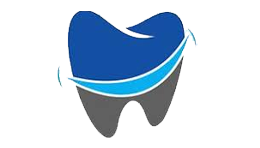
SmileRight Dentistry
Here's Sedate Dentistry Software in a nutshell. Time Saver. Money Saver. Easy to use. Amazing support. End of story.
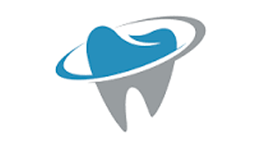
DentalClean
We learned about Sedate Dentistry from one of their other sister companies Edental. We switched from Xchart and this app works great.
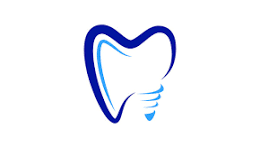
Metro Dentistry
The team at Sedate Dentistry has been amazing, especially Josh who helped integrate into our Edan X10. Much better than Xchart and a fraction of the price.
Contact Us
Contact Us
3165 West 4700 South, Suite A, Taylorsville Utah 84129



















